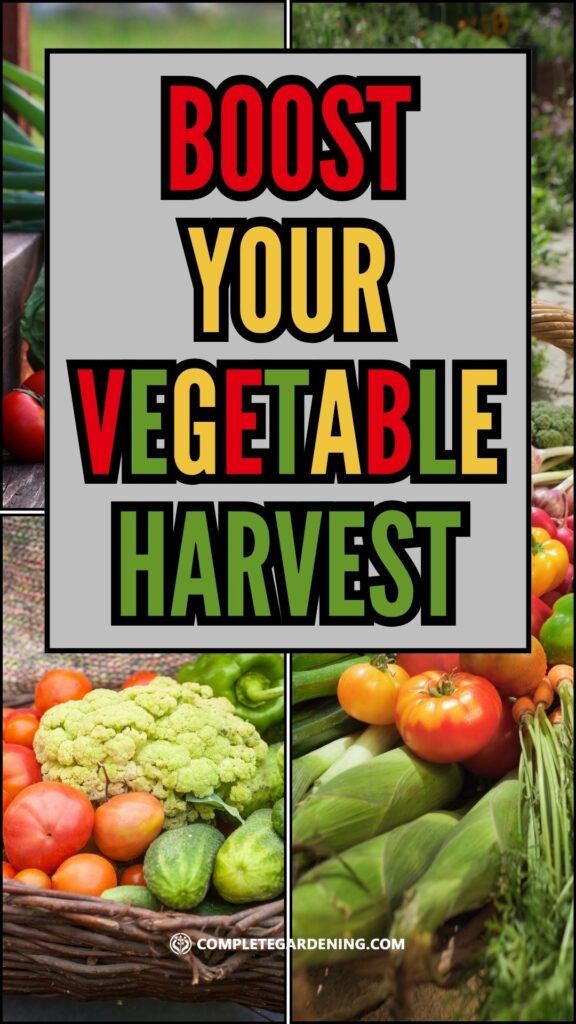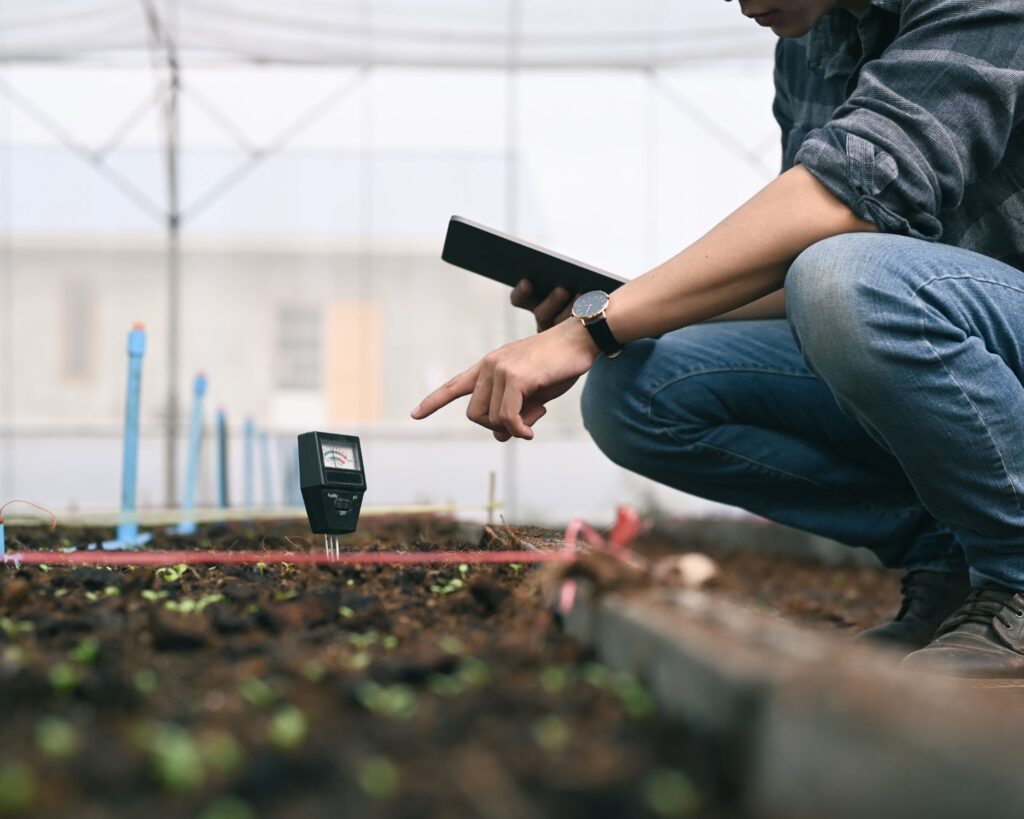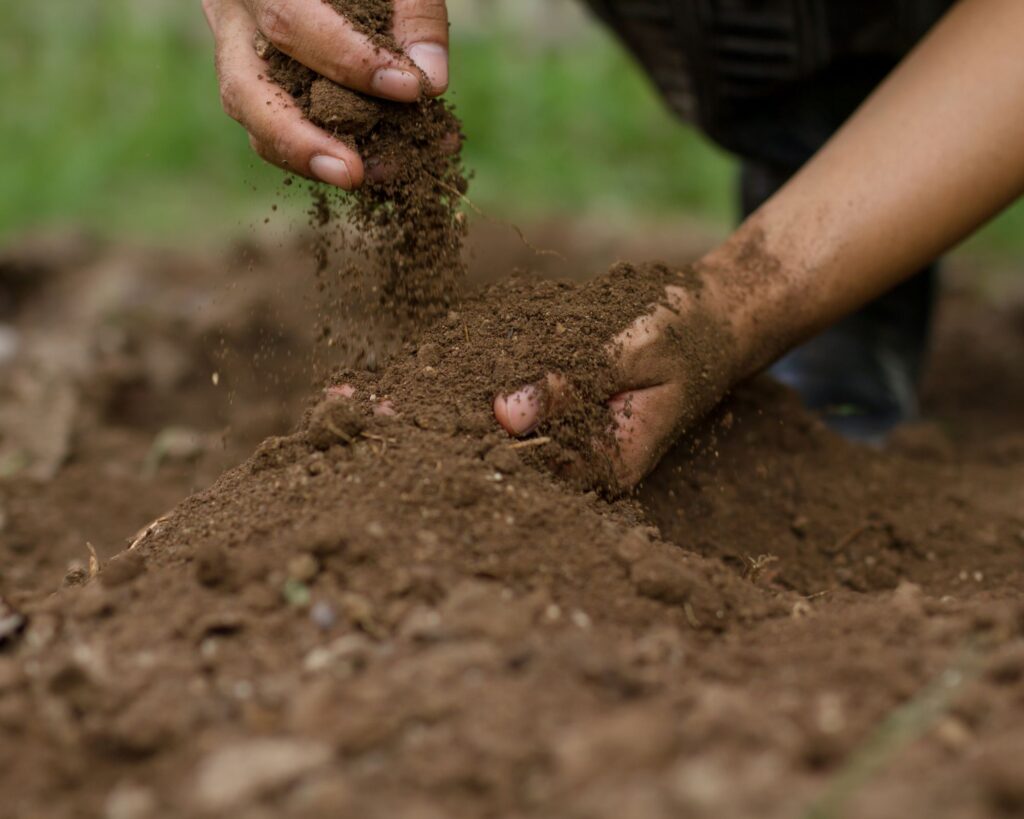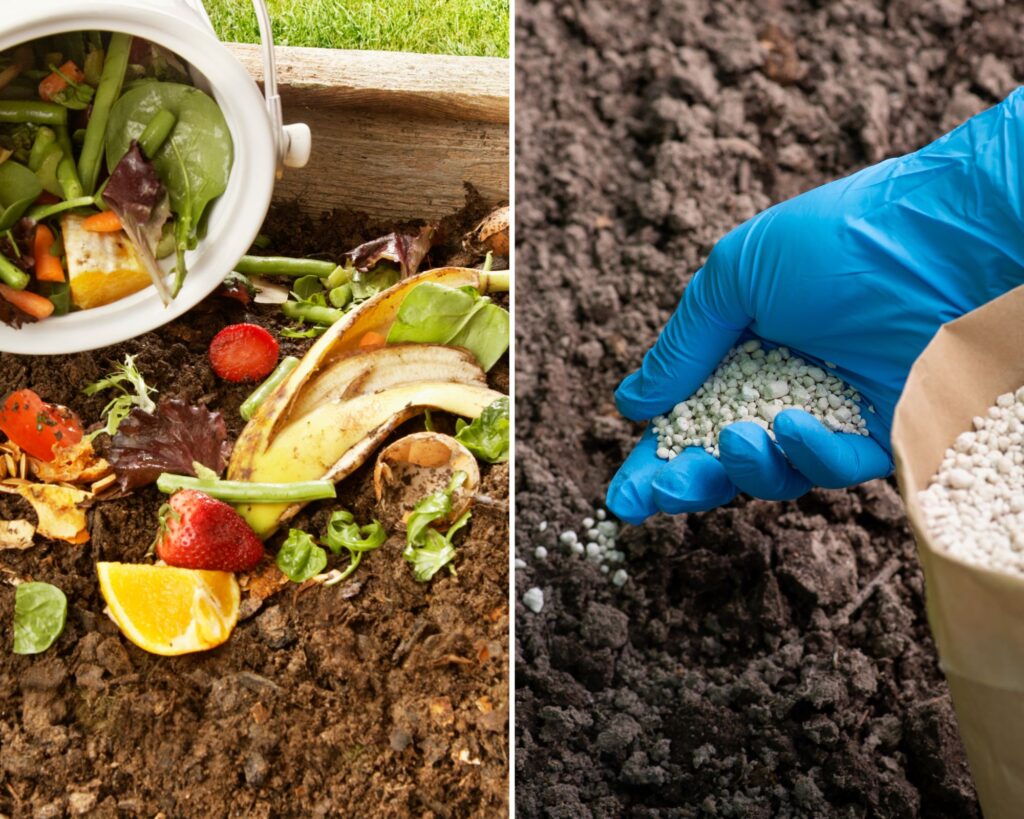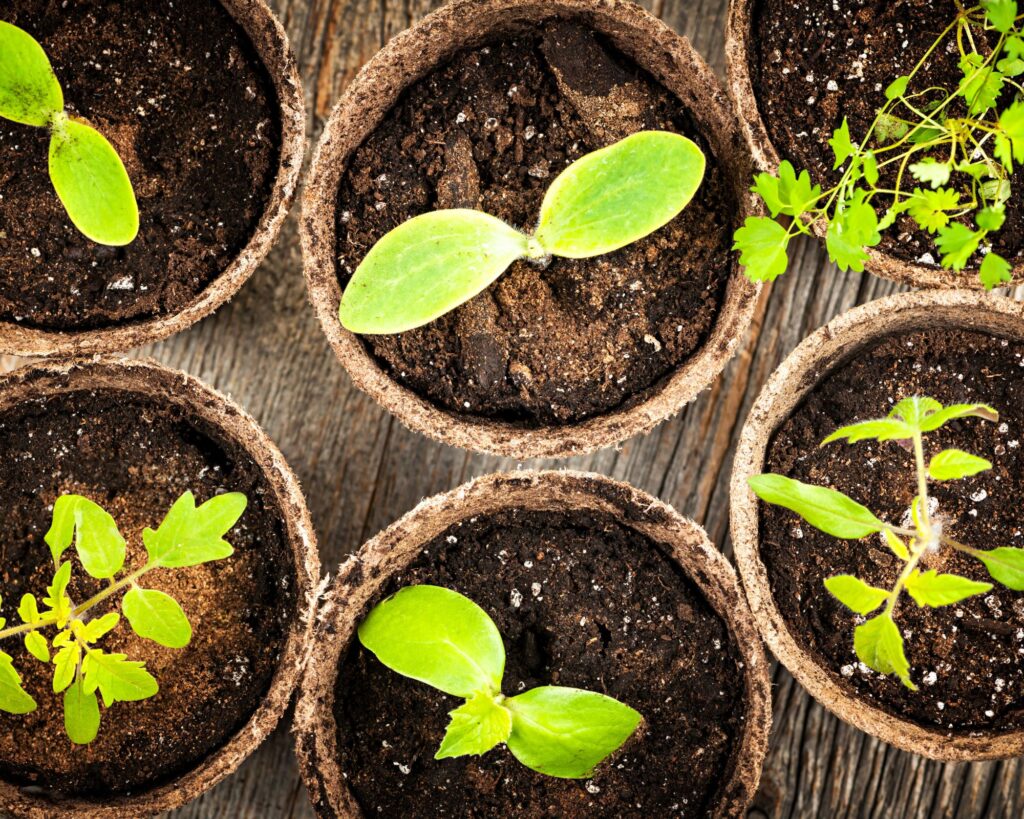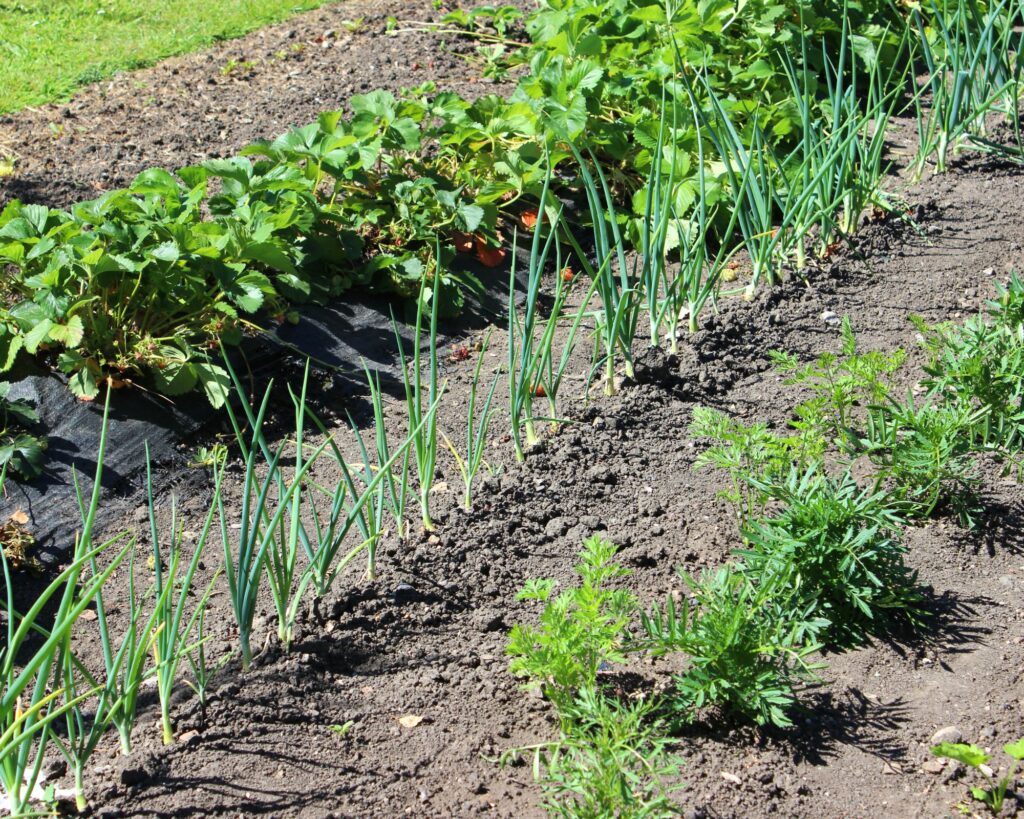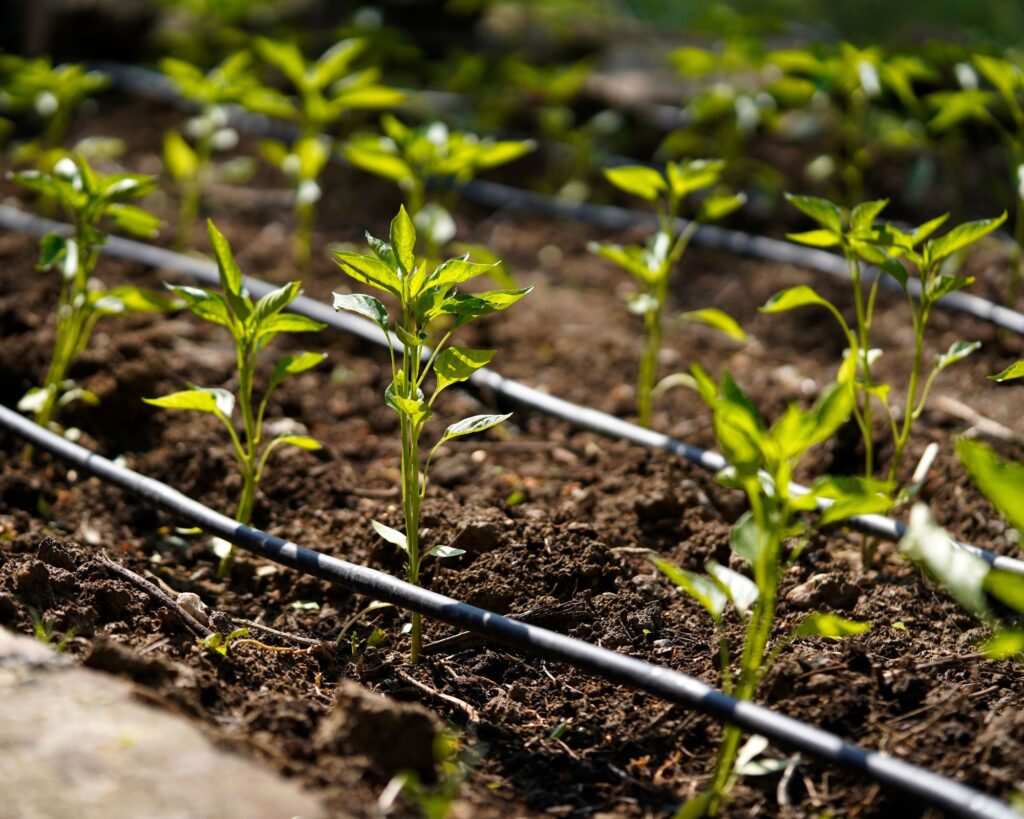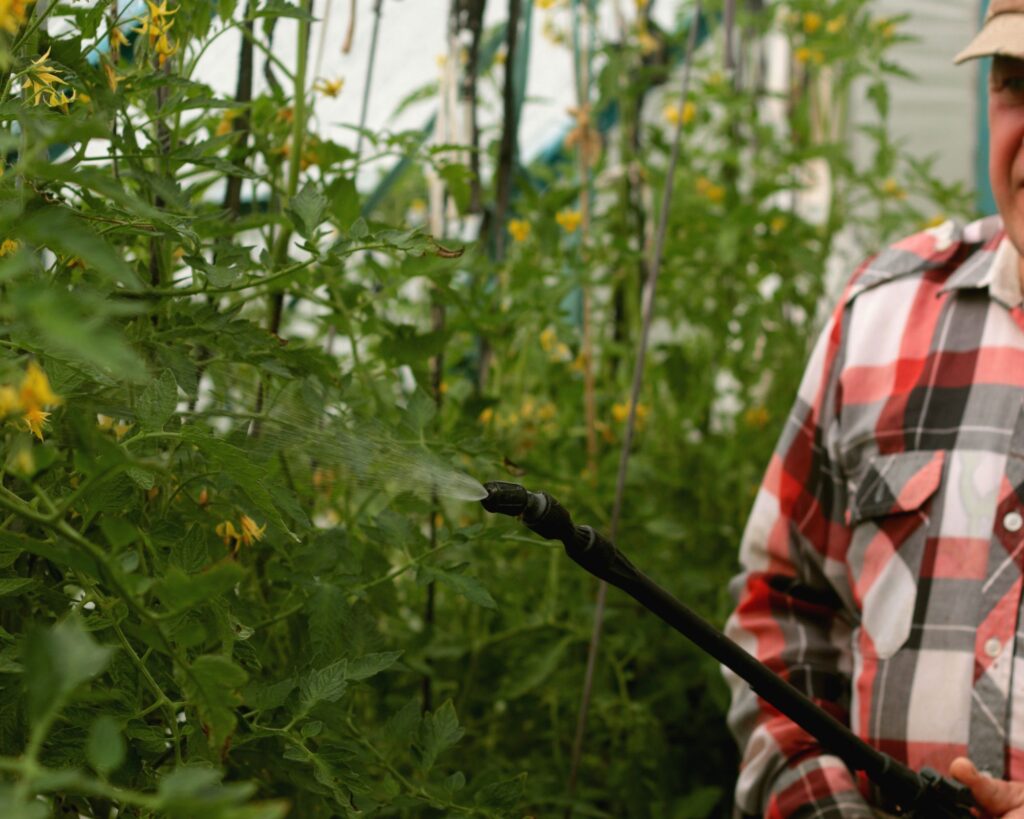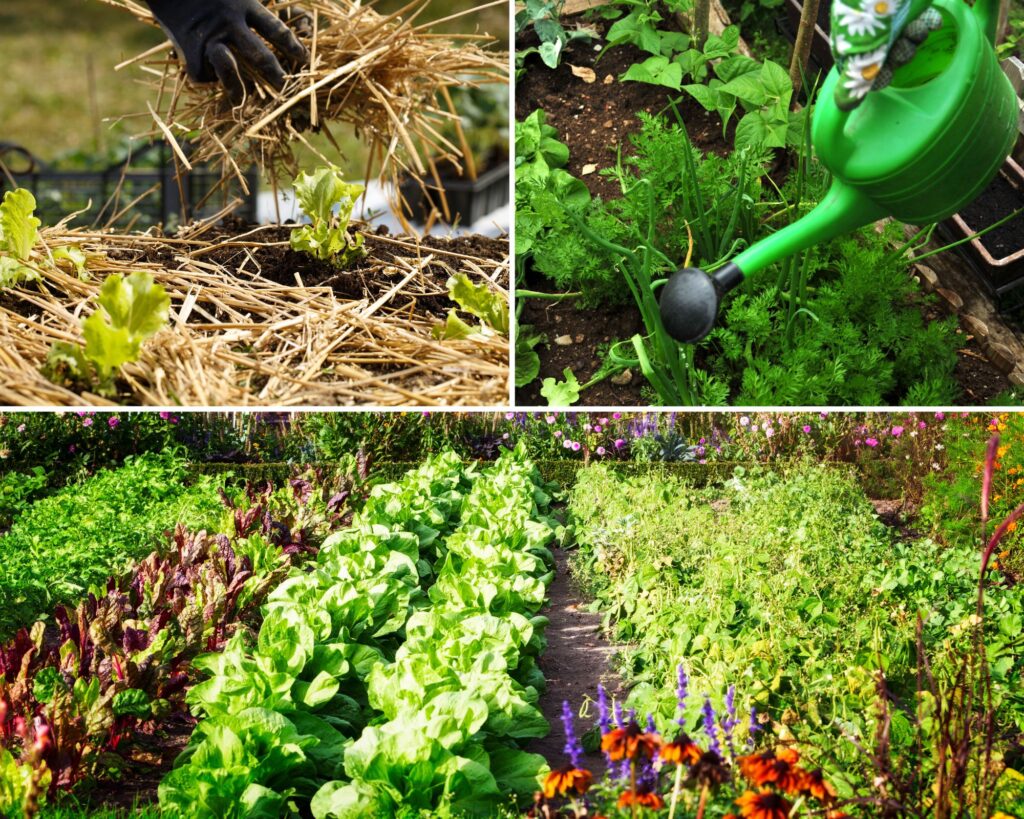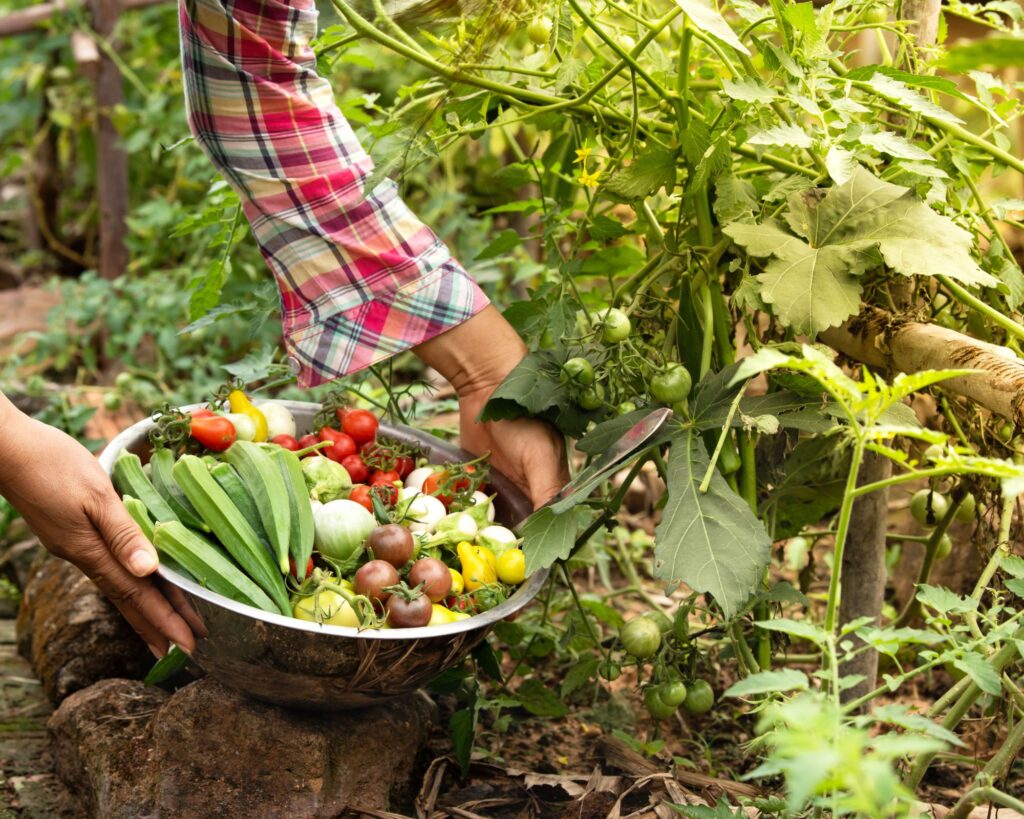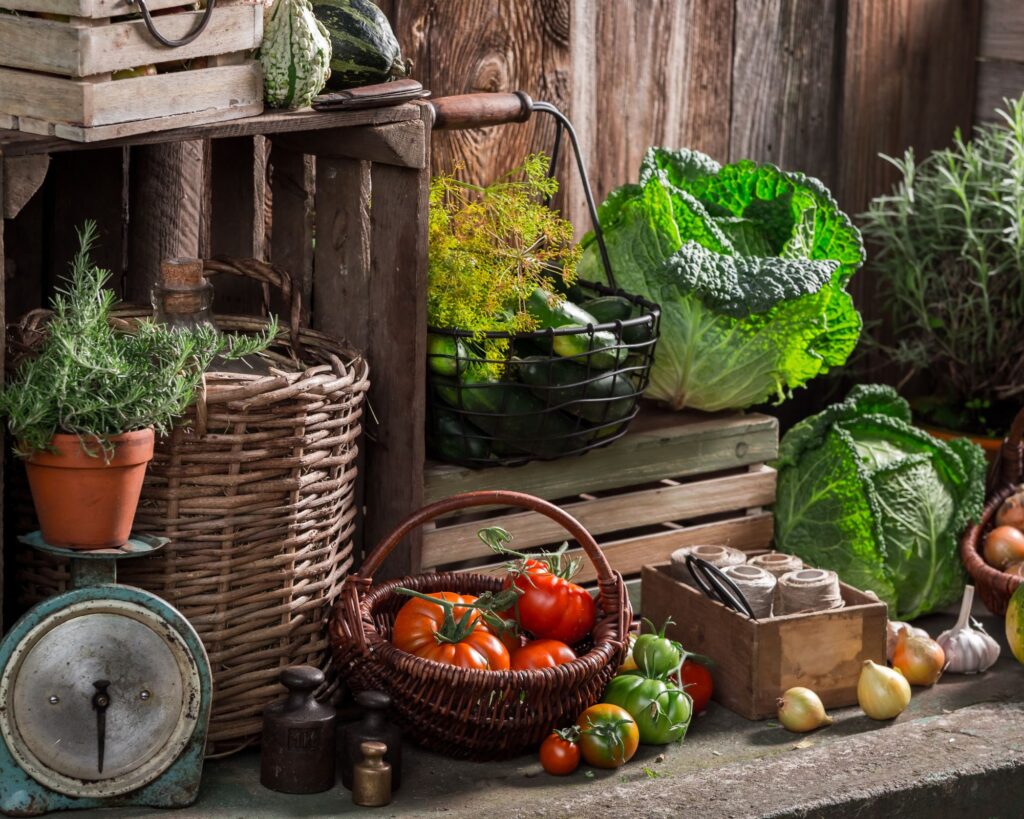Who wouldn’t want to harvest twice the amount of delicious, homegrown vegetables from their garden? With a few strategic tricks, you can easily boost your tomato, cucumber, and other vegetable yields. By optimizing planting times and using companion planting, you can ensure your plants are getting everything they need to thrive.
You might be surprised to learn that regular pruning and proper watering techniques can significantly enhance your vegetable growth. Pruning not only helps focus the plant’s energy on fruit production but also reduces the risk of plant diseases.
Healthy soil is the foundation of a bountiful garden. Regularly adding compost and organic fertilizers ensures that your plants receive essential nutrients. By following these simple steps, your garden will soon be bursting with tasty vegetables for you and your family to enjoy.
Optimizing Soil and Nutrients
To maximize your vegetable harvest, focus on maintaining proper soil pH, ensuring your plants receive essential nutrients, and choosing the right type of fertilizer.
Understanding Soil pH
Soil pH affects nutrient availability for your vegetables. For most vegetables, a pH range of 6.0 to 7.0 is ideal.
Test your soil pH using a home test kit or send a sample to a lab for more accurate results. If your soil is too acidic, add lime (calcium carbonate). If it’s too alkaline, use sulfur or aluminum sulfate to lower the pH.
Adjusting pH improves nutrient uptake, leading to healthier plants and better yields.
Essential Nutrients for Vegetables
Vegetables need 16 essential nutrients for optimal growth. The primary ones include nitrogen (N), phosphorus (P), and potassium (K).
| Nutrient | Role in Plant Growth |
|---|---|
| Nitrogen | Promotes leafy growth |
| Phosphorus | Encourages root and flower development |
| Potassium | Aids overall plant health |
Calcium, magnesium, and sulfur are also vital. Use a balanced fertilizer containing these macro and micronutrients to support plant health and productivity.
Organic vs. Synthetic Fertilizers
Choosing between organic and synthetic fertilizers depends on your gardening philosophy and needs.
Organic fertilizers (compost, manure) improve soil structure and add microorganisms, enhancing long-term soil health. Synthetic fertilizers (chemical-based) provide immediate nutrient availability, giving plants a quick boost.
Both types can be effective. Combining them can offer the benefits of quick nutrient delivery and improved soil structure. Use according to plant needs and soil test results to avoid over-fertilization.
Effective Planting Techniques
Mastering effective planting techniques ensures that your vegetable garden thrives. Key aspects include carefully choosing seedlings and proper spacing for optimal growth.
Seedling Selection and Care
Choosing the right seedlings is crucial. Look for healthy, disease-free seedlings with sturdy stems and vibrant leaves. Avoid plants with yellowing leaves or those that appear leggy.
When you bring seedlings home, acclimate them to the garden environment gradually. This process, known as hardening off, helps prevent transplant shock. Begin by placing them outside for a few hours each day, gradually increasing the time over a week.
Water seedlings adequately, but be cautious of overwatering. Ensure that the soil is well-draining. Fertilize with a balanced, organic fertilizer to promote strong root development.
Spacing and Depth for Growth
Proper spacing is essential for healthy plant growth. Crowding plants can lead to increased disease risk and reduced yield. For tomatoes, space plants 18-24 inches apart in rows 36-48 inches apart. Cucumbers require 12-18 inches between plants within rows spaced 36-60 inches apart.
Planting depth affects root development. Tomato seedlings should be buried up to the first set of true leaves to encourage additional root growth. Cucumbers should be sown about 1 inch deep.
Using a measuring stick or planting guide can help maintain consistent spacing. Also, consider companion planting strategies to improve nutrient uptake and pest control.
Watering and Mulching
Proper watering techniques and effective mulching can significantly increase your vegetable yield. Focus on consistent watering and the correct type of mulch for your garden.
Irrigation Tactics
Water deeply and infrequently to encourage strong root development. Aim for 1-2 inches of water per week, applied evenly. Drip irrigation systems are ideal as they deliver water directly to the plant roots. Avoid overhead watering to reduce leaf diseases.
Water early in the morning to allow the soil to dry during the day, minimizing the risk of fungal infections. Keep an eye on the weather and adjust your watering schedule accordingly.
Benefits of Mulching
Mulching helps retain soil moisture, suppress weeds, and regulate soil temperature. Use organic materials like straw, grass clippings, or compost. Spread mulch evenly, 2-3 inches deep, around the base of your plants, keeping it a few inches away from the stems.
Organic mulch breaks down over time, adding valuable nutrients to the soil. Replace or replenish mulch as necessary. Mulching effectively reduces the need for frequent watering and helps create a healthier environment for your vegetables.
Pest and Disease Management
Effectively managing pests and diseases is crucial to maximizing your vegetable harvest. Here are some essential techniques for organic pest control and preventing common diseases.
Organic Pest Control
Using organic methods helps protect your plants from harmful pests without resorting to chemical pesticides. Companion planting is an effective strategy: plant basil next to tomatoes to repel whiteflies, or marigolds near cucumbers to deter beetles.
You can also introduce beneficial insects such as ladybugs and lacewings, which naturally prey on garden pests like aphids and mites. Another powerful tool is DIY sprays. A mixture of water, garlic, and soap can deter many common pests.
Regularly inspect your plants for signs of pests. Handpick larger pests like caterpillars and remove affected leaves to prevent spreading.
Preventing Common Diseases
To prevent diseases, start with disease-resistant seeds or seedlings. Rotate your crops each year to avoid soil-borne diseases. Mulching helps retain soil moisture and prevents fungal spores from splashing onto plant leaves.
Water your plants at their base without wetting the foliage to reduce the risk of leaf diseases like blight and mildew. Ensure proper spacing between plants to improve air circulation, reducing the chances of fungal infections.
Maintain cleanliness in your garden. Remove any plant debris and dispose of it properly, as it can harbor disease-causing pathogens. Regularly sanitize your gardening tools to prevent disease spread.
Harvesting Tips
Proper harvesting practices not only ensure the best flavor but also encourage continued production. Pay attention to picking times and storage methods to maximize yield.
Timely Collection
Pick your tomatoes just as they reach full color; this is when they are at their sweetest. For cucumbers, aim to harvest them when they are firm and before they turn yellow.
Use sharp pruning shears to avoid damaging the plant. For leafy greens, pick the outer leaves first to allow the plant to continue growing.
Create a schedule:
- Tomatoes: Daily during peak season
- Cucumbers: Every other day
- Leafy Greens: Twice a week
Morning is the best time for harvesting, as vegetables are crisp and hydrated.
Storing Vegetables for Longevity
For tomatoes, avoid refrigeration unless fully ripe to maintain flavor. Store them at room temperature.
Cucumbers should be kept cool but not cold, ideally at 50°F. Use a plastic bag with small holes to prevent moisture loss.
Leafy Greens:
- Wash and dry thoroughly
- Wrap in a paper towel
- Store in a perforated plastic bag
Consider freezing or canning if you have a surplus. Always label and date your stored produce to ensure it gets used while it’s still fresh.
Doubling your vegetable harvest is not only possible but also achievable with the right techniques and care. By understanding and optimizing factors like soil health, proper planting techniques, and consistent watering, you can significantly boost the productivity of your garden. Incorporating strategies such as pruning, mulching, and organic pest management will further ensure that your plants remain healthy and prolific throughout the growing season.
With a bit of attention to detail and a commitment to these proven methods, your garden will thrive, rewarding you with an abundant supply of fresh, homegrown vegetables that you and your family can enjoy all season long.

